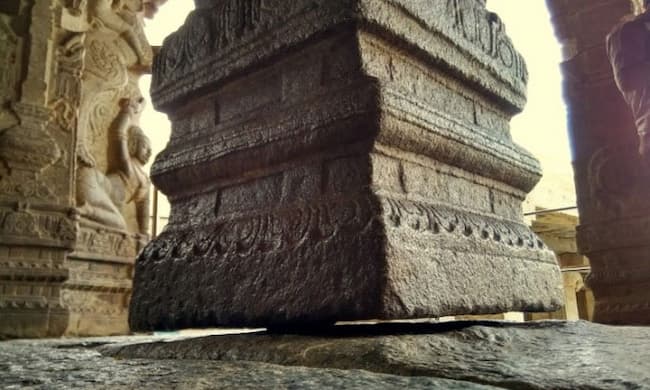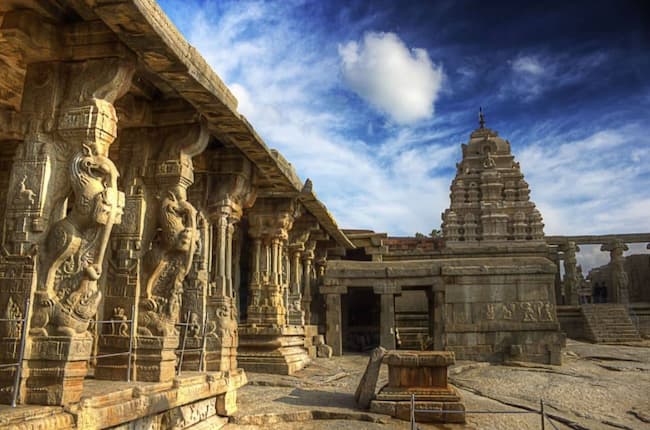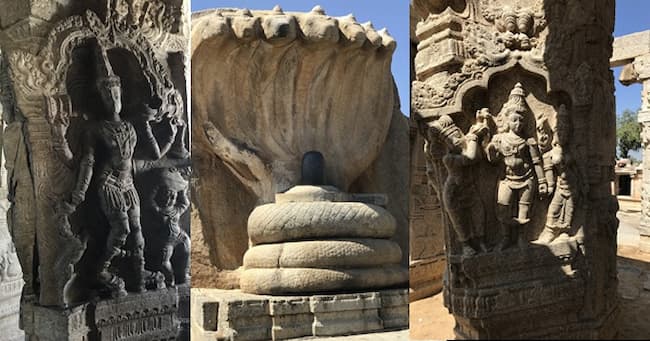A column nearly 5 meters tall suspended from the ceiling of a temple without touching the ground has left researchers puzzled about the ancient methods and intentions of its construction.

At the heart of the village of Lepakshi in the state of Andhra Pradesh, there stands a marvel of ancient Indian architecture – a temple with a column completely unsupported by the ground. This curious phenomenon has turned the temple into the focal point of numerous studies, raising questions about the methods and intentions behind the construction of the column, as reported by Ancient Origins.

The Veerbhadra Temple in the village of Lepakshi is renowned for its intricate mosaic paintings and sculptures dating back to the 16th century. However, its most famous feature is the seemingly gravity-defying column challenging the laws of attraction. The approximately 4.6-meter-high stone column, adorned with finely carved images, appears to hang from the ceiling with the shaft nearly avoiding contact with the ground, allowing a cloth or fabric to pass through the gap.
According to the hypothesis involving interlocking stone blocks, the column could consist of multiple perfectly balanced stone blocks creating the illusion of suspension. However, researchers have not found any evidence of such connections. Some speculate that the column may be partially hollow, reducing its weight and making it appear to be hanging. Additionally, due to seismic activity in the region, many scholars believe that the unique design of the column could be intentional, helping the structure withstand earthquakes.

During the colonial period, a British engineer attempted to unravel the mystery behind the hanging column in the Lepakshi Temple. He attempted to shift it, causing the column to deviate from its position. This incident led to the collapse of a portion of the temple roof but added to the mystique of the column, attracting more visitors and researchers.
The historical significance of the Lepakshi Temple lies in its connection to the Vijayanagara Empire, one of the prominent and influential empires in the history of South India. Ruled by the Sangama and Saluva dynasties, this empire thrived from the 14th to the 17th century. The construction of the Lepakshi Temple during this period is a testament to the artistic, cultural, and architectural achievements of the empire.

